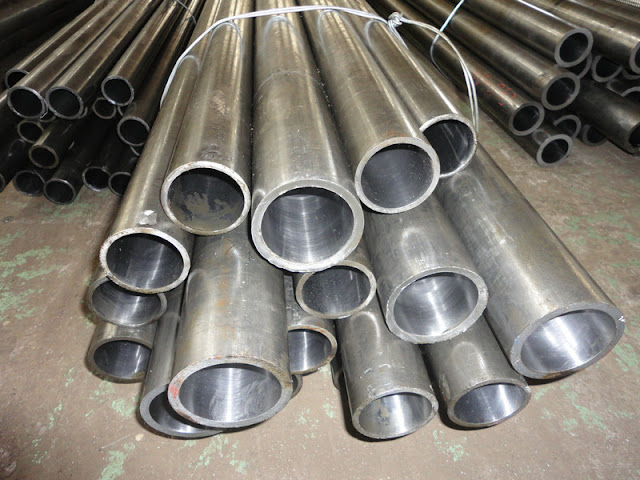How to deal with the scratch on the surface of hydraulic cylinder barrel

As we all know,In the process of using the hydraulic cylinder , the hydraulic cylinder barrel will be damaged,it is common that there will be scratch on the surface of the honed tube , some customers will ignore these scratches, this to us is not responsible for the cylinder, when a small scratches in the cylinder,we usually take some tips to deal with them. 1.First, to clean up the oil on the surface of our hydraulic cylinder barrel, then we will use the grinder machine to the surface treatment of the scratched part of our cylinder, at this time we have to grind the surface of the cylinder wall out of swallowtail groove. Although we have cleaned our cylinder at the beginning, at this time we need to clean the cylinder barrel further. At this time, we use anhydrous ethanol to clean the surface of the scratch repair of honed cylinder barrel. 2. We usually use special repairing adhesive to solve the scratches on the surface of hydraulic cylinder barrel , before using it, we need t


